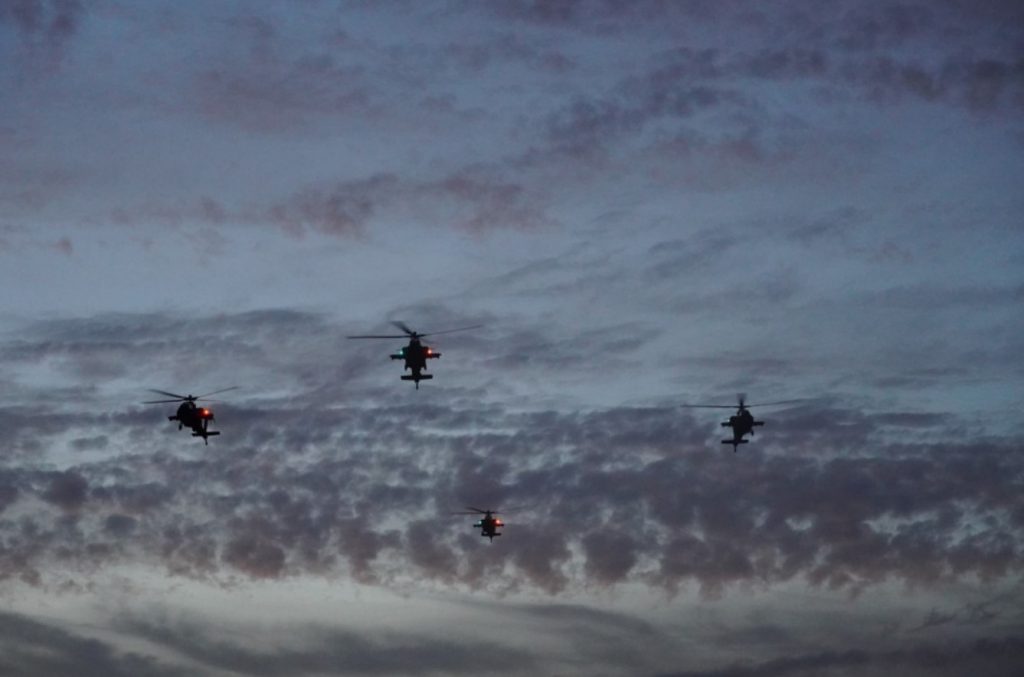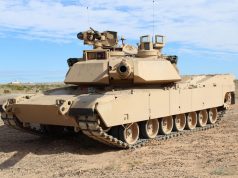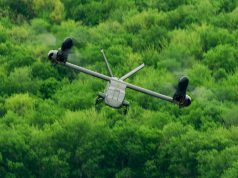
The 1-229th Attack Reconnaissance Battalion at Joint Base Lewis-McChord (JBLM), Washington, recently became the first operational US Army unit to receive the newest AH-64E version 6 (V6) of the Apache helicopter.
The Apache arrived in Washington following a three-day journey from the manufacturing facilities in Mesa, Arizona, which started on January 14.
Boeing delivered an unspecified number of the helicopters with several months of delay, which was likely caused by the COVID-19 outbreak. The Army previously expected the I-229th to receive the first helicopters in October 2020, with all 24 units delivered by March 2021.
The V6 is equipped with an open systems design including the latest communications, navigation, sensor and weapon systems.
The model has multiple upgrades with the improved Lockheed-Martin Modernized Target Acquisition Designation Sight/Pilot Night Vision System (MTADS/PNVS), which includes a new integrated infrared laser for easier target designation and enhanced infrared imagery capabilities.
The GEN3 Day Sensor Assembly (GEN3 DSA) doubles the sensor’s field of view and increases resolution. The addition of color imagery improves target detection and identification.
“The GEN 3 DSA adds a lot of value to the Apache. The addition of Near-Infrared (NIR) Signature, and color vision for the gunner makes target discriminations much easier, minimizing miscommunications within the cockpit, team, or platoon,” said Chief Warrant Officer 2 Logan Featherston, a pilot with C Company, 1-229th ARB. “It fills in critical details about the target, and area around it that we didn’t previously have, minimizing the risks of an engagement.”
“It is impressive to use the GEN3 DSA under the right conditions to clearly identify objects and personnel at over 20km. The upgrades to the Longbow Fire Control Radar (FCR) add a maritime capability that the AH-64 community has been talking about for a long time,” Chief Warrant Officer 4 Sven Anderson, a Battalion Standardization Instructor pilot, said.

The V6 also has Link 16 communications, which allows the Apache to switch network connections on the spot, and merge different networks for an operational picture. This results in the delivery of real-time situational awareness to the cockpit. The software also supports the exchange of text messages, imagery data and provides two channels of digital voice.
Crewmembers can receive unmanned aerial systems (UAS) video in the cockpit, control UAS sensors and direct the flight path of the UAS. The crewmembers can also share real-time situational awareness of the operational environment and enemy forces to Soldiers on the ground.
The Longbow radar updates adapted the capabilities to naval activities, allowing the radar to track vessels while also doubling Longbow’s detection range, according to the US Army. The V6 software also has the ability to track small unmanned aircraft, turning the aircraft into a lethal counter-UAS platform and has manned-unmanned teaming E\eXpanded (MUMT-X) software installed which allows Apache pilots to directly control Army UAS.


























